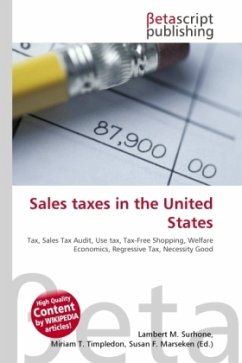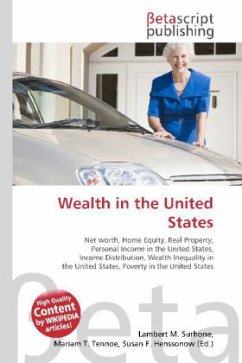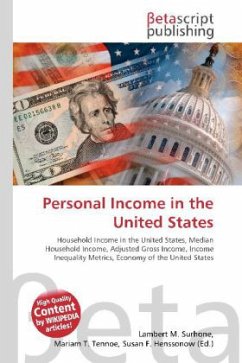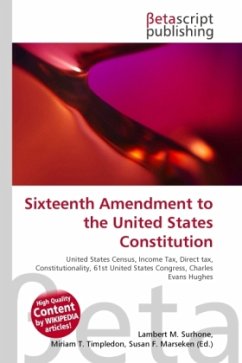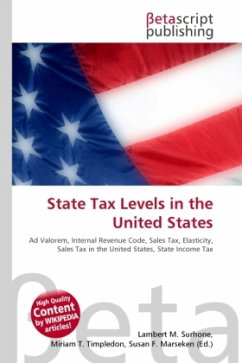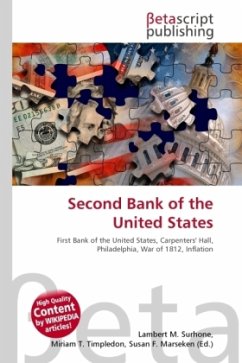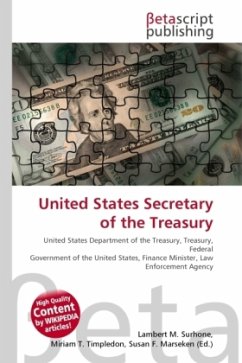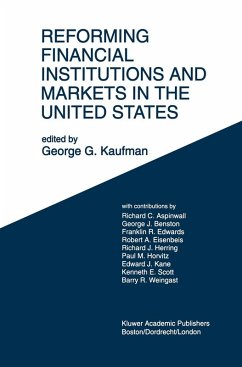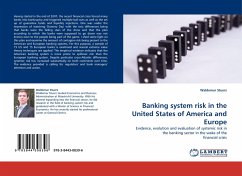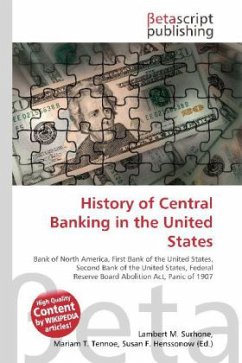
History of Central Banking in the United States
Versandkostenfrei!
Versandfertig in 6-10 Tagen
23,99 €
inkl. MwSt.

PAYBACK Punkte
12 °P sammeln!
Please note that the content of this book primarily consists of articles available from Wikipedia or other free sources online. This article is about the history of central banking in the United States, from the 1790s to the present. Some Founding Fathers were strongly opposed to the formation of a central banking system; the fact that England tried to place the colonies under the monetary control of the Bank of England was seen by many as the ''last straw'' of English oppression and that it led directly to the American Revolutionary War. Other Founding Fathers were strongly in favor of a cent...
Please note that the content of this book primarily consists of articles available from Wikipedia or other free sources online. This article is about the history of central banking in the United States, from the 1790s to the present. Some Founding Fathers were strongly opposed to the formation of a central banking system; the fact that England tried to place the colonies under the monetary control of the Bank of England was seen by many as the ''last straw'' of English oppression and that it led directly to the American Revolutionary War. Other Founding Fathers were strongly in favor of a central bank. Robert Morris, as Superintendent of Finance, helped to open the Bank of North America in 1782, and has been accordingly called by Thomas Goddard "the father of the system of credit, and paper circulation, in the United States." As ratification in early 1781 of the Articles of Confederation & Perpetual Union had extended to Congress the sovereign power to emit bills of credit, it passed later that year an ordinance to incorporate a privately subscribed national bank following in the footsteps of the Bank of England.



